How To Understand Ammo From Bullet Sizes To Bullet Types
Podcast: Play in new window | Download
Subscribe: RSS
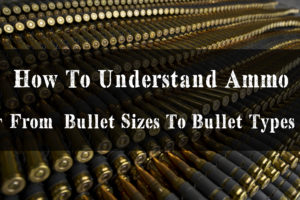
How To Understand Ammo From Bullet Sizes To Bullet Types
Do you want to learn how to understand ammo right? What does caliber mean? Do you know what the anatomy of a bullet is? What is the difference between magazine and clip? I will answer all these questions and more today.
How is a bullet caliber measured
How is a bullet caliber measured? To begin to understand ammo we must answer this one first. In guns, particularly firearms, caliber or caliber is the approximate internal diameter of the barrel or the diameter of the projectile it fires, in hundredths or sometimes thousandths of an inch. For example, a 45 caliber firearm has a barrel diameter of .45 of an inch.
Rimfire and Centerfire
It is called rimfire because the firing pin of a gun strikes and crushes the base’s rim to ignite the primer. Which is inside the bottom of the cartridge. Rimfire ammo is limited to smaller calibers since the cartridge walls need to be thin enough to be able to be crushed by the firing pin and ignite the primer.
You can not reload Rimfire ammo. They do not have removable primers instead have a priming paste inside the bottom. Rimfire is generally cheaper when you can find it. Especially if assholes are not trying to make a fortune selling it.
In centerfire cartridges, the firing pin is in the center of the cartridge and can be removed after firing to put in a new one. Also, you can reload centerfire cartridges. Centerfire tends to be larger and more expensive.
Magazines and Clips
A clip is a device that is used to store multiple rounds of ammunition together as a unit, ready for insertion into the magazine or cylinder of a firearm. This speeds up the process of loading and reloading the firearm as several rounds can be loaded at once, rather than one round being loaded at a time.
A magazine is what is used to feed the weapon itself, whereas a clip is used to feed the magazine. Clips make loading of magazines much easier and faster, and in some cases, a clip is required in order for the magazine to work (e.g. M1 Garand).
Storing Magazines
I have gone in depth on how to store magazines in the past. Therefore I won’t cover it in depth. My method is to load half that you own. Under load by 2. And rotate every six months. So you can read the article or wait for the infographic on Monday.
Topics
- How is a bullet caliber measured
- Parts of a bullet
- Rimfire and Centerfire
- Can you reload Rimfire ammo?
- Magazines and Clips The Great Debate
- Storing Magazines
Links
Subscribe to the show
Want to hear yourself on the podcast? Call in with your questions at (615) 657-9104 and leave us a voice mail.
Like this post Consider signing up for my email list here > Subscribe
Think this post was worth 20 cents? Consider joining The Survivalpunk Army and get access to exclusive content and discounts! |
.
6 Replies to “How To Understand Ammo From Bullet Sizes To Bullet Types”
Comments are closed.



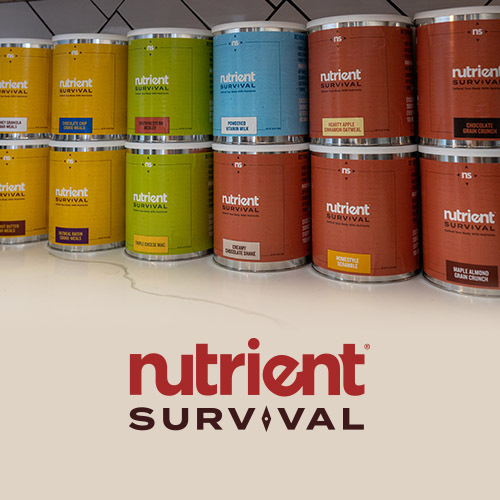


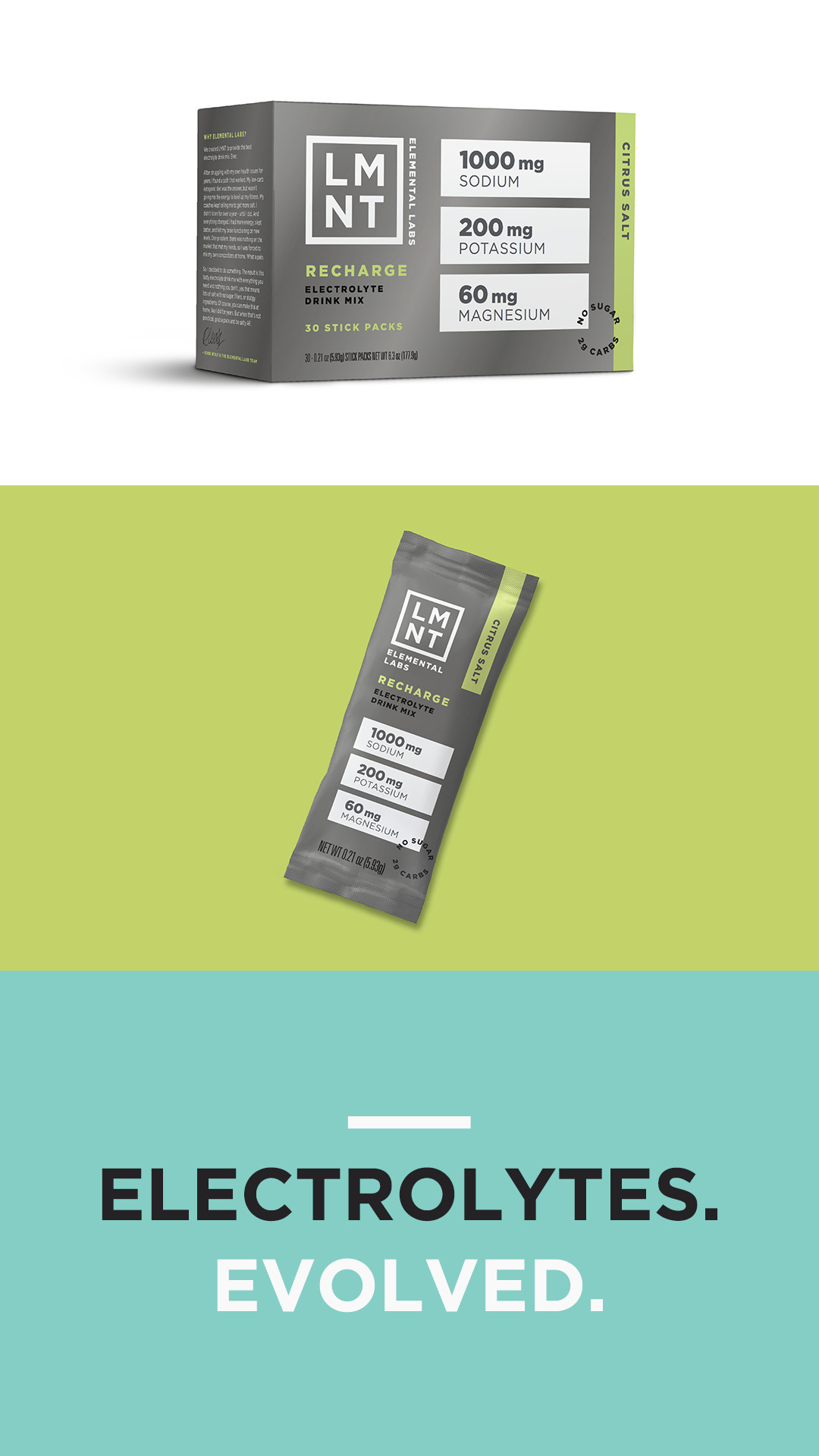
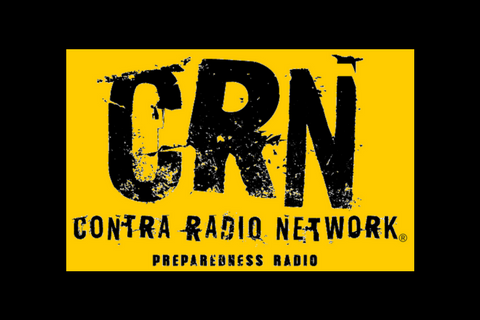

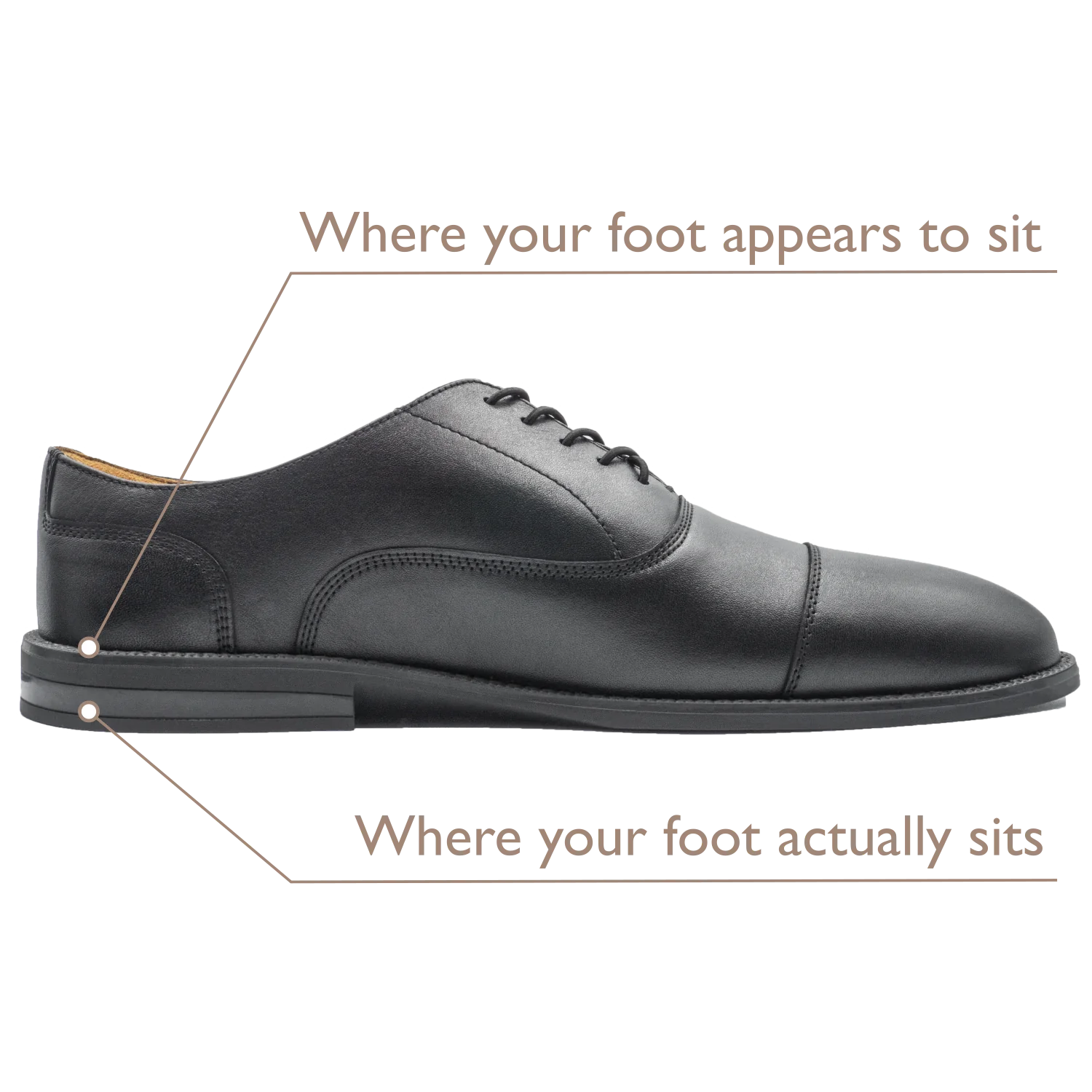









Here is an easy way to convert mm to caliber. Just multiply by 4 and add a 0.
So a 6mm would be 240 caliber. and the reverse a 30 caliber would be a 7.5mm. This is obviously a rough guide, but it works on the fly.
Another thing people always asked me when I worked in the gun department of Bass Pro Shops in Ontario, was which bullet size was best. The short answer is, while you can get some crazy fast bullets (if you look in the Hornady Reloading Guide), what is common is really the way to go.
If you have a strange size, it is rarely stocked. Worse, if you have sighted in your firearm with a particular brand and composition like Remington Bonded High Speed, boat tailed, Soft Pointed… it may be impossible to find it ever in stock. There is always 100 boxes of 30-06 in various weights in stock, but I have a 6mm Remington (which is faster/flatter trajectory perfect for deer) and at best I can find 2 boxes at a time and I always have to get the basic load type. There is a reason that everyone either has a 9mm or 45 Caliber handgun.
Thanks for the conversion equation Lee.
I have purposely only bought mainstream calibres for ammo availability. Both for ease of being able to shoot and for SHTF reasons.
Why are there different calibers and weights of projectiles? Simply put, to vary the “power” (terminal velocity) you deliver to the intended target.
If anyone has researched the effects of speed and weight on a rifled projectile it’s the military. During WWII the round of choice was the 30-06 in the M1 Garand. By the time Viet Nam rolled around the military had moved to the 5.56/.223 (not identical but nearly so). Why?
The short answer was that their studies concluded that most armed confrontations occurred at less than 500 +/- yards. The 5.56 has enough power (terminal velocity) to achieve the intended effect and, being lighter, troops could carry more ammunition into battle for the same given total weight.
They did discover that occasionally there were snipers that would take up position just beyond the range of the 5.56. The military has now moved to a designated sniper formation where one member of the platoon carries a 7.62/.308 which has an effective range of 1000+ yards in the hands of a trained marksman.
Look up a picture of a line up of common rounds. As the case gets larger it can hold more powder and propel a larger projectile down range. Once again, it’s all about terminal velocity. E=MC2, energy is equal to mass (weight) times velocity (speed) squared.
If you stand 10 feet from me and I hit you with a tennis ball you would be scarcely moved. If I hit you with a bowling ball at the same speed and distance you’ll be knocked off your feet. By varying the weight and speed of the projectile you can choose the amount of power you deliver at the target.
Given all this, legend grows up around certain weapons and their calibers. There are those who collect some or all. I’m a tool guy. I use a 20 oz. framing hammer to drive a 16d nail, a 16 oz. claw hammer to drive finish nails and a tack hammer to drive…well…a tack.
I want a large enough assortment to do all the jobs I have but small enough to keep down cost and the size of the tool box. My safe contains 1 5.56/.223 AR15, 1 7.62/..308 AR10 and 1 .338 Lapua Magnum Bolt Action Rifle. I can reach out to 1700 yards easily and further if I hand load rounds.
Study, ask questions and compare opinions. You’ll eventually arrive at the ideal assortment for you and that is what it’s all about.
Great comment man. You could do a whole blog post that would be killer.
In my gun case, I have an AR15 .556/.223, A 30-06 rifle, .22 and a 12 gauge shotgun. Next up I’m really thinking about a 300 blackout build though a scopped .308 would be good too.
As you suggested. Thanks for your interest.
https://themakindoranch.wordpress.com/security/choosing-the-calibers-for-your-long-guns/
Just shared it in my fb fan page thanks